- Get Started
- Learning
- Products
- Blog
- Beginner
For first time users of chipKIT modules. - Intermediate
For users who have a moderate exposure with chipKIT modules. - Advanced
For users who are experts with chipKIT modules. - Developers
- About Us
- Support
chipKIT Ping-Pong Levitation Trick
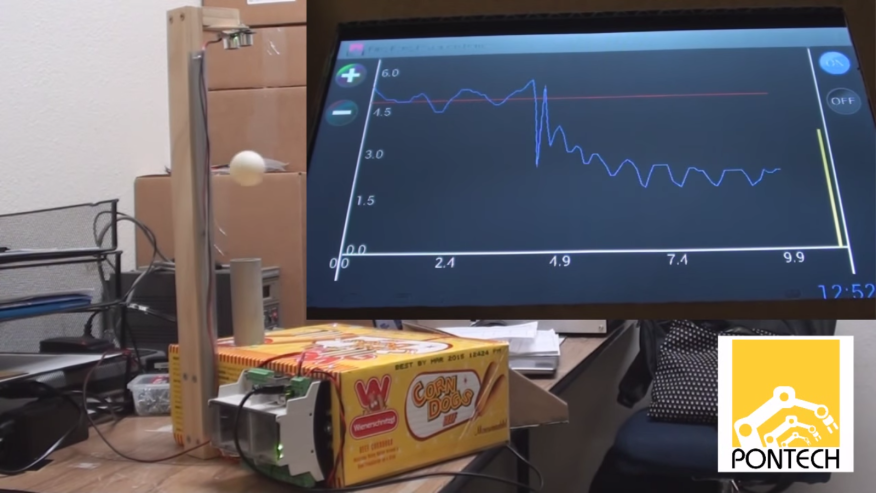
Jacob Christ, from PONTECH, put together a Ping-Pong levitation "trick" where ping-pong balls of various weights can be held up by a steady stream of air. Depending on the weight of the ball, the chipKIT-based Quick240 board controls the fan speed to keep the ball in the air.
Hackaday has featured a post about this very trick,
Read more -->chipKIT Digital Thermometer
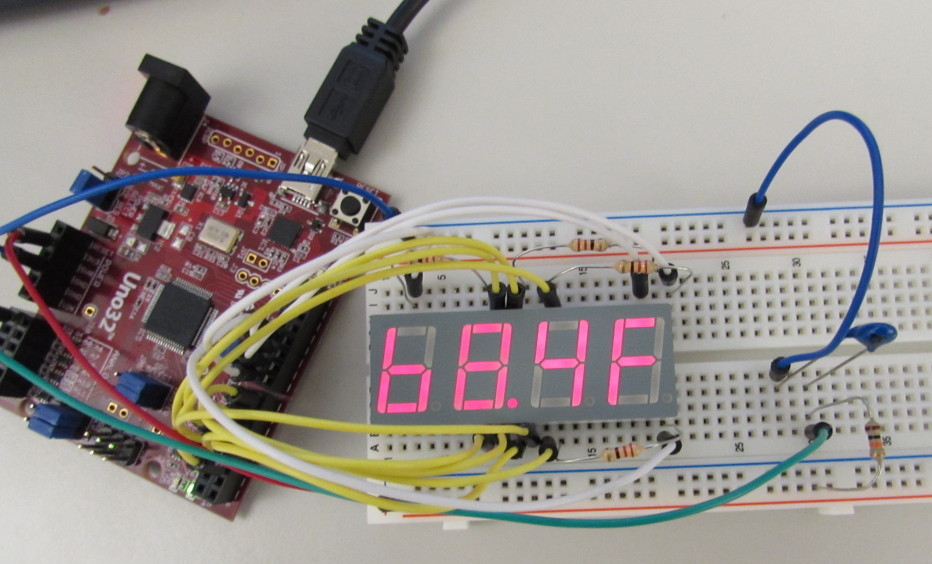
Digilent has written a new post about how to create a Digital Thermometer from a chipKIT Uno32 and components/parts from the chipKIT Starter Kit.
Read more -->Identifying your chipKIT boards
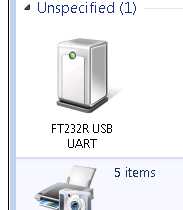 One thing I find
annoying about the chipKIT boards is that when you plug them in they are
all identified as an "FTDI" chip. There's no way of knowing which
board is plugged in where, and if you have lots of boards (as I do),
then it would be really nice to know which COM port is which at a
glance.
One thing I find
annoying about the chipKIT boards is that when you plug them in they are
all identified as an "FTDI" chip. There's no way of knowing which
board is plugged in where, and if you have lots of boards (as I do),
then it would be really nice to know which COM port is which at a
glance.
Fortunately it is possible, if you happen to know how!
**A little word of warning before I begin though - it is possible to kill your FT232R chip if you do things wrong, which will break your chipKIT board, so have a care and don't mess with things you shouldn't
Read more -->chipKIT WiFire and FlowCloud
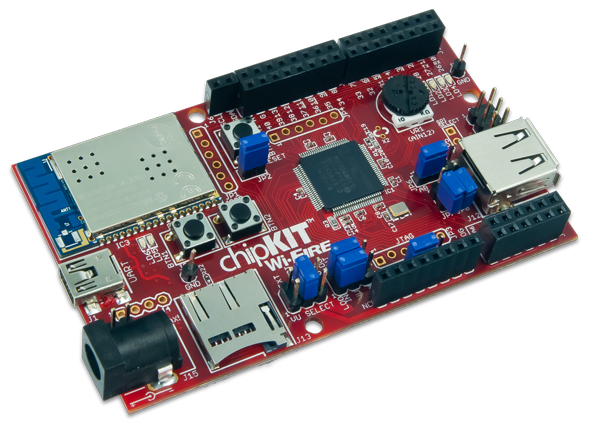
Using the newest chipKIT board by Digilent, chipKIT WiFire, you can speed up application development for the Internet of Things (IoT) using FlowCloud technology by Imagination Technologies! To learn more, read the blogpost on Digilent's Blog.
Read more -->Introducing the Basic I/O Shield
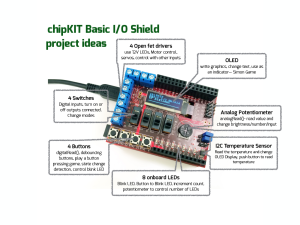
Digilent has posted an excellent introduction to the chipKIT Basic I/O Shield on their blog. It starts with a video that describes the general features of the board, and shows how to download the software library and documentation. The post also includes 4 sample projects that demonstrates how to get started using the board.
The Basic I/O Shield is designed to work with the chipKIT Uno32, uC32, and Max32 base boards. For more information, check out the blog post here:
http://blog.digilentinc.com/index.php/getting-busy-with-projects-and-the-chipkit-basic-io-shield/
Read more -->